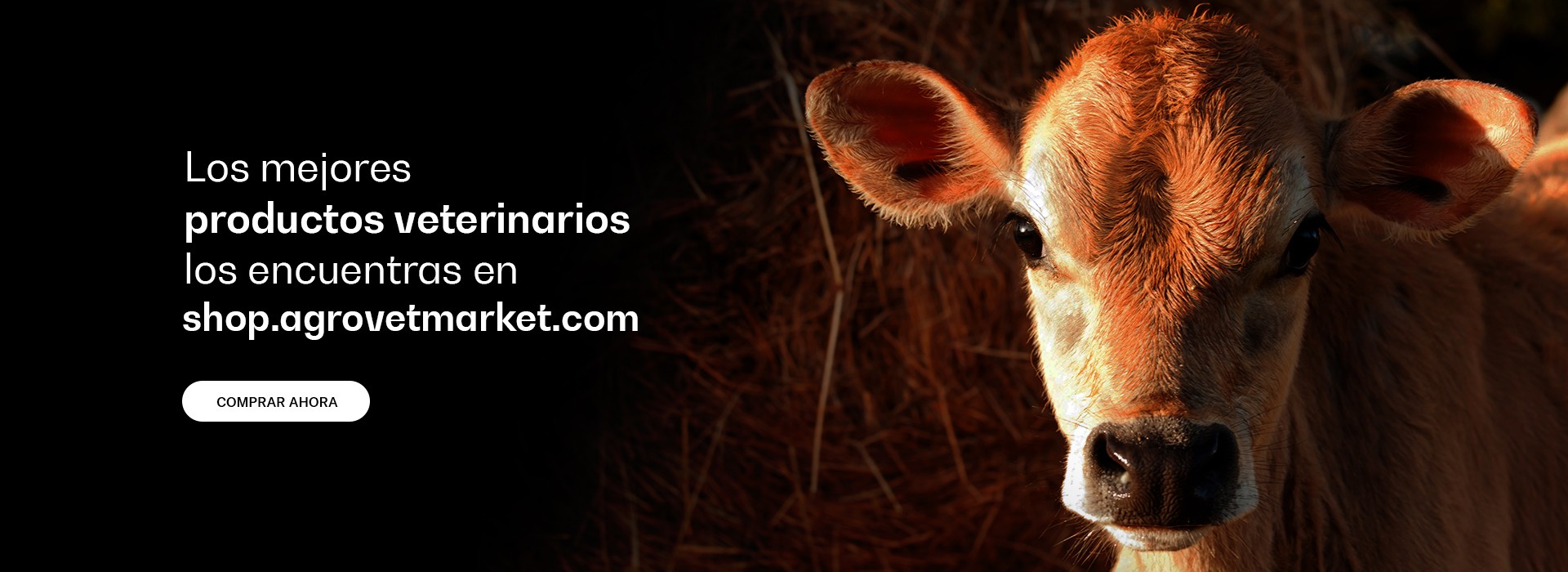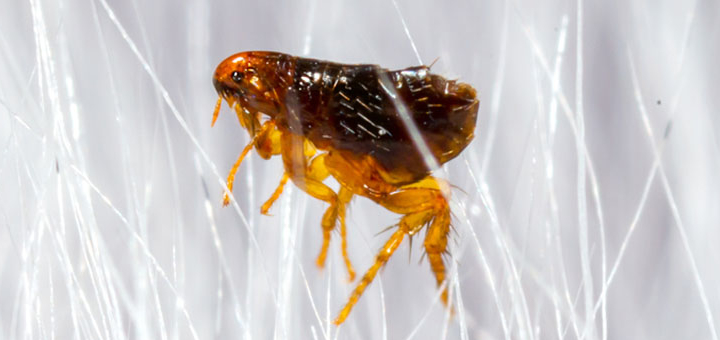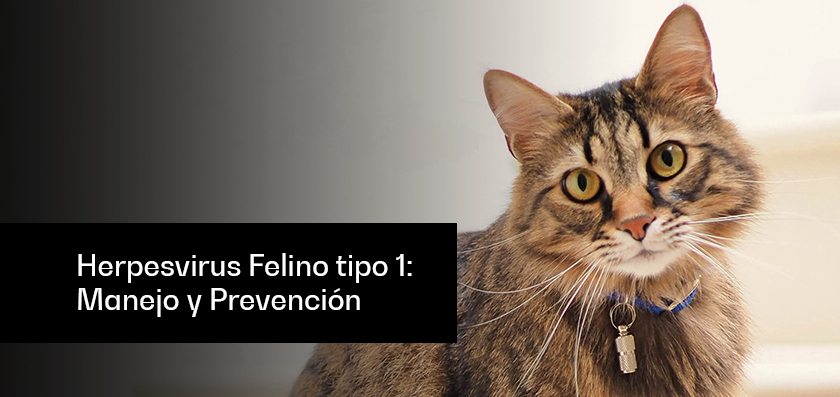Flea infestations are the most common parasites we see in the companion animal clinic. Unfortunately there are a number of factors that limit the success of our control and eradication plans against them.
Today we will review the most important concepts to consider when eliminating fleas and how a multifactorial approach allows you to protect your patients and their families from those tedious reinfestations.
- Getting to know more about the fleas
- Species that can infest cats and dogs
- Distribution of relevant fleas in companion animals
- The life cycle of fleas
- Problems associated with fleas
- Key criteria for designing a flea control plan
- Effect of some flea control programs on flea population dynamics
Getting to know more about the fleas
Understanding the physiology and natural history of parasites allows us to identify the appropriate control measures to combat them. Without this knowledge we leave the final result of our interventions to chance and most likely the credibility of our praxis.
As a first action, we must identify the species we are fighting against. Not all fleas thrive on companion animals, in fact each species has a certain specificity for its host, this is because fleas are anautogenic animals, that is, they need a special food so that their eggs can mature correctly (in this case the blood of their hosts).
Species that can infest cats and dogs:
- Archaeopsylla erinacei (temporary infestation)
- Ceratophyllus gallinae (temporary infestation)
- Ctenocephalides canis (dogs, occasional infestation in cats)
- Ctenocephalides felis (cats and dogs)
- Echidnophaga gallinacea (temporary infestation)
- Pulex irritans (temporary infestation)
- Pulex simulans (temporary infestation)
- Spilopsyllus cuniculi (temporary infestation)
As we can see, there is a variety of species that could feed on cats and dogs, but C. felis and C. canis stand out for being the only ones capable of completing their life cycle in environments that only support dogs and cats.
Distribution of relevant fleas in companion animals
Fleas are without doubt one of the best examples of evolutionary success and ecological adaptation. The immense phylogenetic diversity and the formation of discrete climate clusters have allowed them a global presence (Figure 1).

The life cycle of fleas
Fleas copulate immediately after emerging from their chrysalis and then, 24 to 48 hours after feeding on their host, females begin to lay eggs. Each female lays around 40 eggs a day and can lay over 5,000 eggs during her life.
The eggs, after an embryonic development of 5 days, hatch as larvae and remain mainly in the host’s bed or shelter, feeding on organic matter and digested blood excreted by adult fleas. After 2 months, the mature larvae coil into a silk cocoon, which they enter and nestle for 1 to 2 weeks to complete their development.
During the pupal stage, fleas are sensitive to a lack of moisture (especially those of C. canis) and will remain in their cocoon until they are attracted by specific vibrations and odors that indicate the presence of a host.
Flea associated problems
Aside from the intrinsic discomfort of their bites (itchiness that predisposes to secondary bacterial infections from scratching), fleas can trigger flea allergy dermatitis (FAD) in sensitized animals. This pathology consists of an immediate humoral response to the bite due to an intensive release of histamine (type I hypersensitivity) and a delayed cellular reaction (type IV hypersensitivity) that causes intense itching, hair loss and the appearance of secondary lesions associated with the scratching.
Other problems that derive from flea infestation is canine babesiosis, a blood disease caused by protozoa of the Babesia genus that can alter a series of hematological parameters in dogs; causing anemia, leukopenia, thrombocytopenia and others (Córdova 2018). Rickettsial and bartonella infections such as R. typhi, R. feliz, B. clarridgaiae and B. henselae also count fleas as vectors, but in these cases the risk of transmission to humans if present.
Dipylidium caninum transmission is also a problem in which fleas play an important role and in which children are especially susceptible.

Key criteria in flea control strategy
- Understand the origin of the infestation.
- The epidemiological context must be investigated, this includes collecting information such as the number of animals in the house, their access to open spaces and the probability of the presence of external sources of contamination.
- Develop an integrated plan for each context.
- The program should target adult fleas, their immature stages and should be adapted to the profile, habits and behavior of the owners and animals.
- The measures that should be included in the plan are:
- Mechanical control of environmental stages: Vacuum the environment, wash the beds and clean any area that may contain eggs.
- Use appropriate flea control products, that is: properly registered veterinary products that provide adulticidal and effective environmental control effects.
- Avoid using unlabeled products
- Use an appropriate application path
- When there is a risk of co-infestations by other parasites, a combination of products or active compounds would be appropriate to limit the number of treatments required.
- Choose active compounds or associations based on safety related to cats vs dogs or cats living with dogs.
- Choose the easiest application mode.
- Adapt the schedule and interval between treatments to guarantee the best follow-up.
- Educate the people involved in the plan: it is necessary that the owners understand the importance of maintaining the strategy, the consequences of not fulfilling it and maintain realistic expectations about the success of the measures.
Effect of some flea control programs on flea population dynamics
The following section is based on the mathematical model of Beugnet et al., 2004. From now on, we are working on a review of the parameters initially exposed in their work and we hope to make them public in an application with a friendly user interface.
Effect of applying a non-persistent antiparasitic 1 time a week for 4 consecutive weeks.
This control method is only effective against adult stages and its effect on total populations is only appreciable during the 4 weeks that the protocol lasts.

Effect of the application of a persistent antiparasitic and an insect growth regulator at intervals for 6 months
This is an effective long-term method, unfortunately the parasite load will remain for some time.

Effect of applying a persistent antiparasitic and an insect growth regulator at intervals for 6 months and aspirating the contaminated environment once a week
The ideal scenario, in this way we will achieve a rapid reduction of the juvenile stock and adult parasites.

All these examples have been based on the scenario of animals in confinement, when there are sources of external contamination the dynamics change but the qualitative result remains: a treatment with an environmental effect together with an adulticide is capable of eradicating fleas, although time What it will take to achieve this will depend a lot on the behavior of the animals, the owners, and the overall effectiveness of each flea product used.
Hope you liked this article. If you have any questions regard flea control strategies, you can write to us in the comments or to our email for more information.
Do you want to know about the anti flea options for dogs and cats available in the market? Click here.
References
- Beugnet, F. and Fourie, J. (2013) Biology-ecology and vector role of fleas. In Guide to Major Vector-Borne Diseases of Pets (Beugnet, F., ed.), pp. 37–49, Merial.
- Coles, T.B. and Dryden, M.W. (2014) Insecticide/acaricide resistance in fleas and ticks infesting dogs and cats. Parasit. Vectors 7, 8
- BSL3 and BSL4 Agents: Epidemiology, Microbiology and Practical Guidelines editado por Mandy Elschner, Sally Cutler, Manfred Weidmann, Patrick Butaye.
- Nogueras M-M, Pons I, Pla J, Ortuño A, Miret J, Sanfeliu I., Segura F. 2013. The role of dogs in the eco-epidemiology of Rickettsia typhi, etiological agent of Murine typhus. Veterinary Microbiology, 163(1-2), 97–102.





